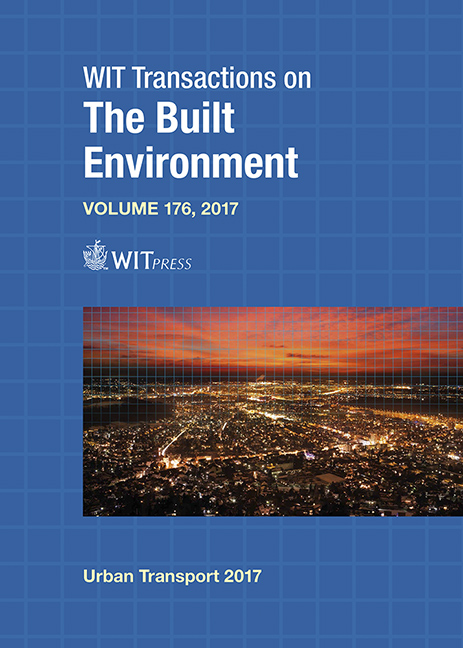MONITORING AND REDUCING VEHICULAR IMPACT ON AIR QUALITY AT INTERSECTIONS: A CASE STUDY IN CHINA
Price
Free (open access)
Transaction
Volume
176
Pages
11
Page Range
339 - 349
Published
2017
Size
711 kb
Paper DOI
10.2495/UT170291
Copyright
WIT Press
Author(s)
YUN-PANG FLÖTTERÖD, JAN TRUMPOLD, ALEXANDER SOHR, HAGEN SAUL, FENGCHENG WU, YONG SHI
Abstract
Air pollution has been a serious problem in China for many years. One of the main reasons for this is the rapid growth in motorized traffic which results in lots of traffic congestion in metropolitan areas. This study aims to monitor and reduce traffic’s impact on air quality at intersections, with the use of the object detecting and tracking technique and traffic signal control optimization. A field campaign is executed at a selected intersection in Hefei, China and the collected emission data is used for examining and ensuring how reasonable the simulated emission productions are. The simulative approach shows that the proposed signal control method greatly increases the efficiency of the traffic operation and, at the same time, reduces the amount of emission production. A field test of the proposed method is under preparation for verifying the simulation results and will be carried out within two months.
Keywords
emission reduction, signal control optimization, object detection and tracking, VITAL-method, SUMO, optimum





